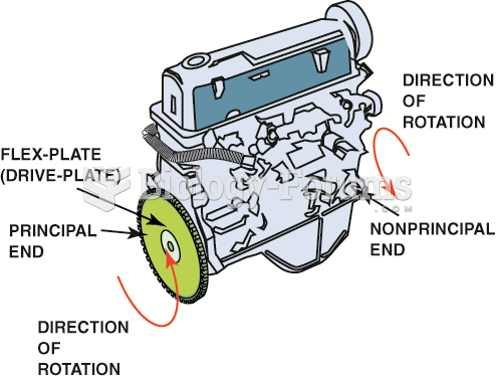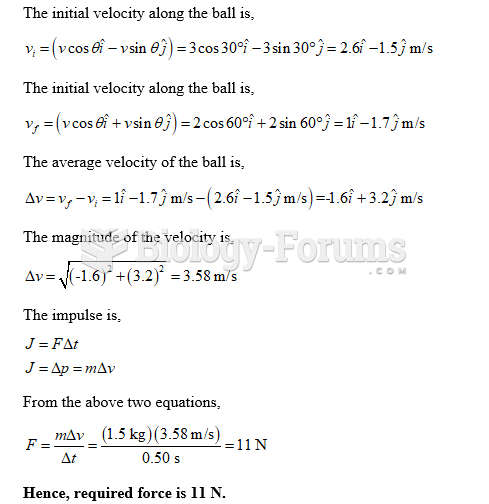This topic contains a solution. Click here to go to the answer
|
|
|
Did you know?
The toxic levels for lithium carbonate are close to the therapeutic levels. Signs of toxicity include fine hand tremor, polyuria, mild thirst, nausea, general discomfort, diarrhea, vomiting, drowsiness, muscular weakness, lack of coordination, ataxia, giddiness, tinnitus, and blurred vision.
Did you know?
In 1844, Charles Goodyear obtained the first patent for a rubber condom.
Did you know?
Human kidneys will clean about 1 million gallons of blood in an average lifetime.
Did you know?
Oliver Wendell Holmes is credited with introducing the words "anesthesia" and "anesthetic" into the English language in 1846.
Did you know?
The Romans did not use numerals to indicate fractions but instead used words to indicate parts of a whole.
 Sam Houston—and his horse—earned this heroic tribute. At the Battle of San Jacinto, a musket ball sh
Sam Houston—and his horse—earned this heroic tribute. At the Battle of San Jacinto, a musket ball sh
 Inline four-cylinder engine showing principal and nonprincipal ends. Normal direction of rotation is ...
Inline four-cylinder engine showing principal and nonprincipal ends. Normal direction of rotation is ...





